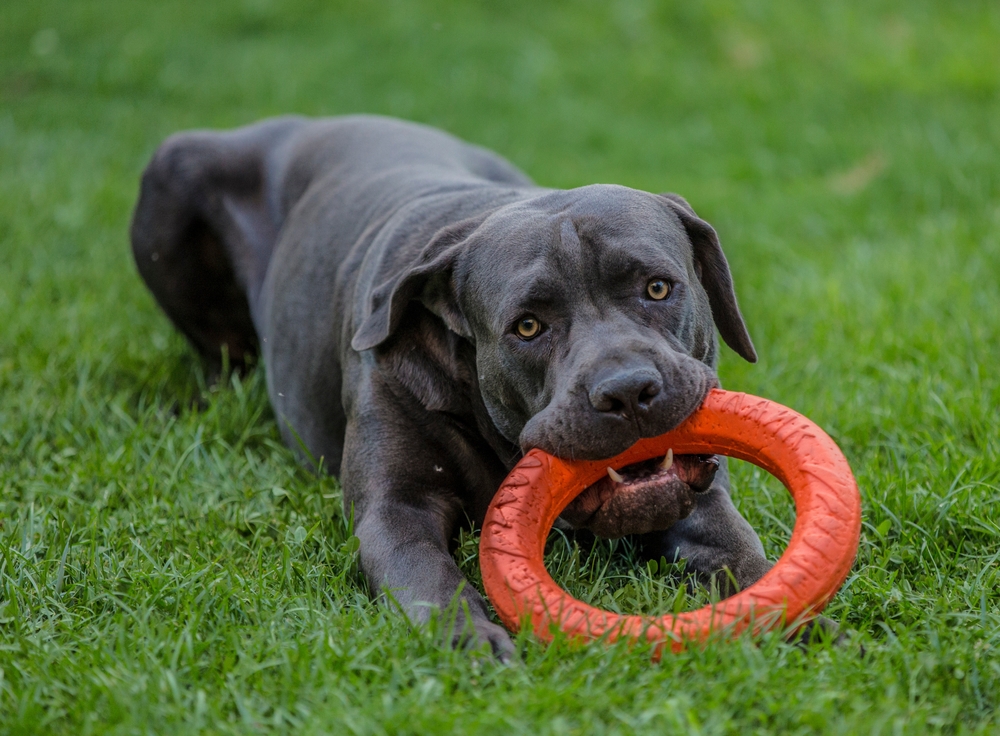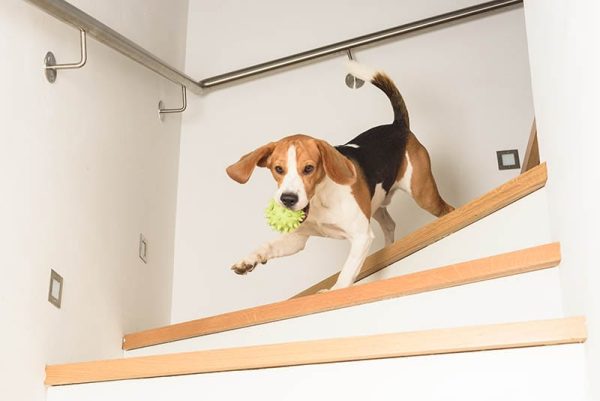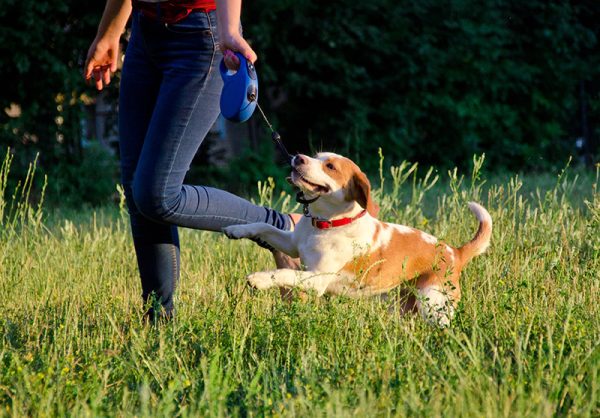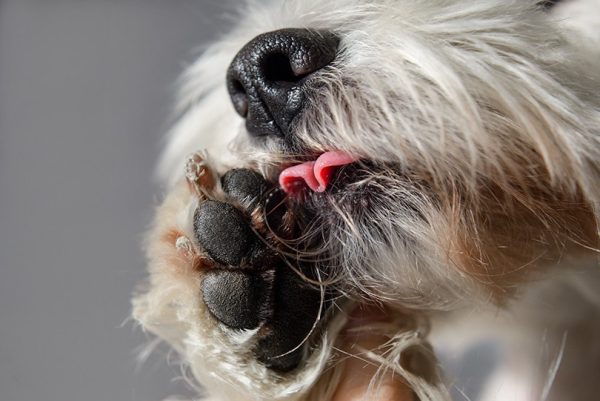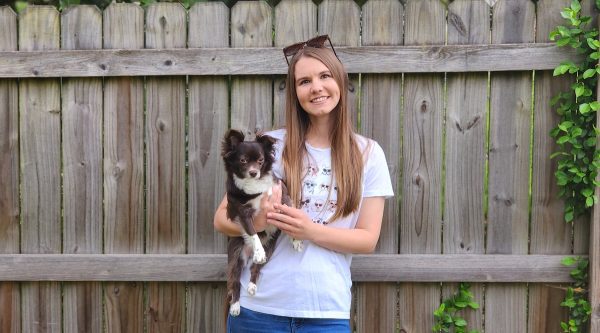In this article
View 2 More +The Cane Corso is a breed of Italian Mastiff with an estimated bite force of somewhere around 300–400 PSI. This means the Cane Corso’s bite exerts 300–400 pounds of force on every square inch of whatever it is biting.
However, it’s important to note that very few studies have been done on the bite force of dogs, and the above number is only an approximation based on known values from other breeds, as well as the Cane Corso’s anatomy. Let’s go into more detail on this powerful animal.

Calculating a Dog’s Bite Force
You might wonder how one measures a dog’s bite force. In the past, scientists tried to make predictions based on head size, skull anatomy, and dog bite injuries. These factors can all influence a dog’s bite force, but they can’t measure it directly. Today, specialized equipment is designed to measure the extreme force an animal can exert with its jaw.
National Geographic’s Dr. Brady Barr has studied animal bites and tested humans, domestic dogs, and wild animals alike. Based on this research by Dr. Barr, the Pit Bull has a jaw power of around 242 PSI, while a wolf has a bite force of roughly 398 PSI and a shark around 600 PSI. With these numbers in mind, we can estimate a Cane Corso’s bite force to be a bit more than a Pit Bull’s due to their larger size.
There are many sources on the web claiming a Cane Corso’s bite force to be close to 700 PSI, but this is very likely far too high. Take a look at some more measurements taken by Dr. Brady Barr for some added context:
| Humans: | 120 PSI |
| Large domestic dogs: | 320 PSI (on average) |
| Cane Corso: | 300 – 400 PSI |
| Wolf: | 600 PSI |
| Hyenas: | 1,000 PSI |
| Crocodiles: | 2,500 PSI |

What Does PSI Mean?
PSI stands for pounds per square inch and refers to the amount of pressure that something is under. PSI is used to measure everything from the amount of force in an animal’s bite to how easy it is to crush something. Unless you work with PSI on a regular basis, it can be hard to know what exactly it means.
Unfortunately, there have been very few scientific studies on the Cane Corso’s bite force, or that of any specific dog breeds, and the one official study that focused on police dogs was measured in Newtons, not PSI. The study was focused specifically on German Shepherds and Belgian Malinois Dogs. The trained police dogs ran 25 meters and bit down on their trainers’ sleeves, which were fitted with three force sensors. The German Shepherds’ median bite force was recorded as 360.4 N, and the Malinois’ was 247.0 N.
While there are claims that some dogs have bite forces with massive numbers (over 3,000 N), they are unfounded or highly exaggerated at the very least.
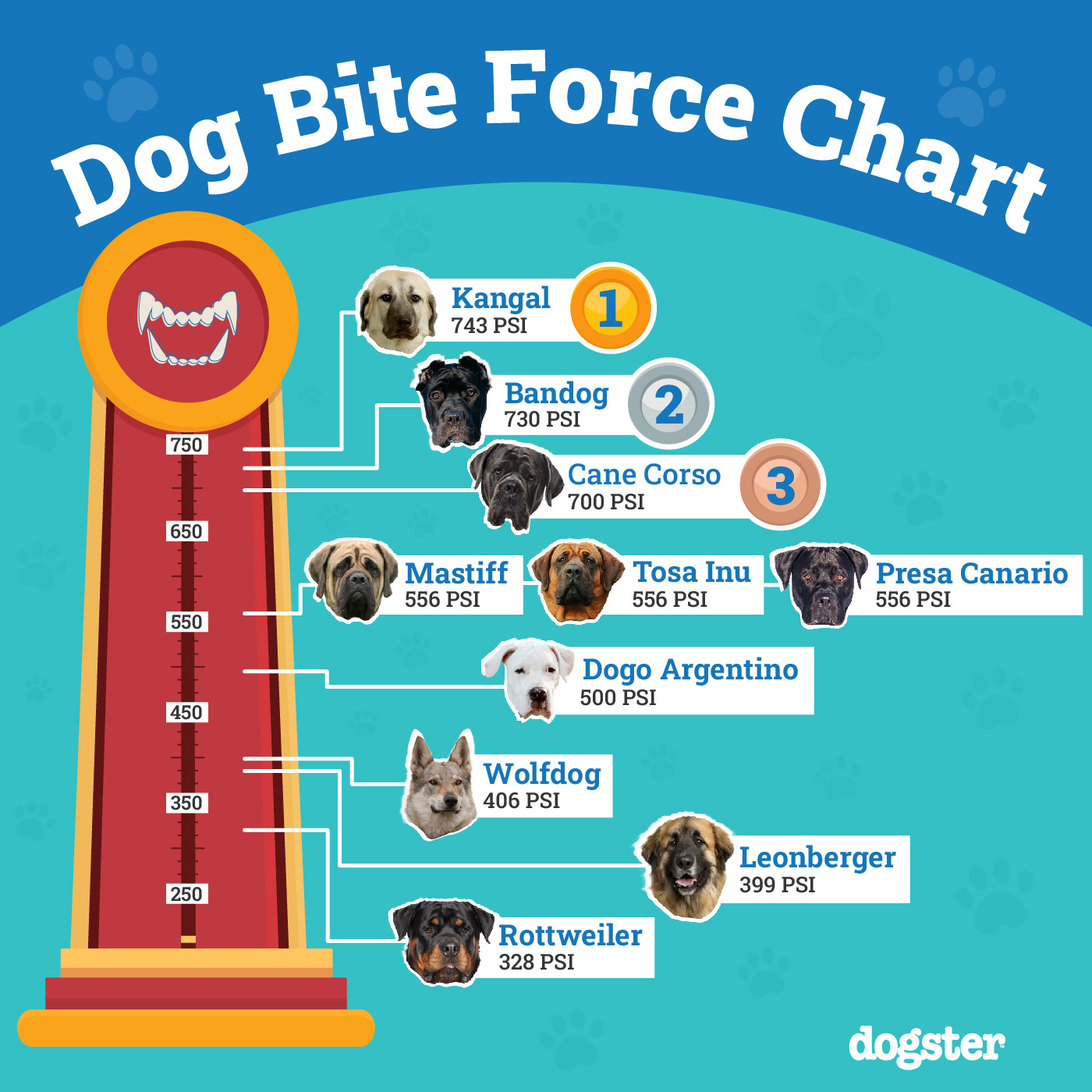
What Is a Cane Corso?
Cane Corso dogs are descended from Roman dogs that were used as hunting and guard dogs. They are big, bulky dogs with squarish heads and powerful bodies, and today they are a highly active breed. Although they are rare outside of Italy, they have a reputation for their protective natures and physical prowess.
Cane Corso dogs aren’t inherently aggressive, but they are large, powerful breeds that can be dangerous. They also have a history of being used in dogfighting and as guard dogs. Because of this, extra care should be taken with Cane Corso dogs to socialize and train away any aggressive instincts. It can be irresponsible and dangerous to take on a Cane Corso if you aren’t an experienced owner with the time to properly socialize and train your new dog.

Is “Lockjaw” Real?
Sometimes it is reported that Cane Corso dogs have a special ability to lock their jaws when biting, making it impossible to pry free and making it so that the dog can exert that force as long as it needs to. But “lockjaw,” as this ability is sometimes called, is a little bit of a misnomer. Cane Corso dogs do not have any special ability to keep their jaws closed without effort, but they are incredibly strong and are known to clamp down and refuse to let go. This is probably where the incredible locking jaw stories come from. But this isn’t unique to Cane Corso dogs—if you tussle over a rope with any puppy, you’ll see that any kind of dog knows how to hold on tight with their jaws. Cane Corso dogs just happen to be especially strong.

Why Do Dogs Bite?
Cane Corso dogs are known for having some of the strongest jaws of all dogs, but any dog bite is serious. Dogs with a habit of biting are dangerous to humans and other dogs. There are many reasons dogs will bite including poor socialization, breed tendencies, and prey instincts. Let’s explore some of these reasons and how owners can prevent dog bites.
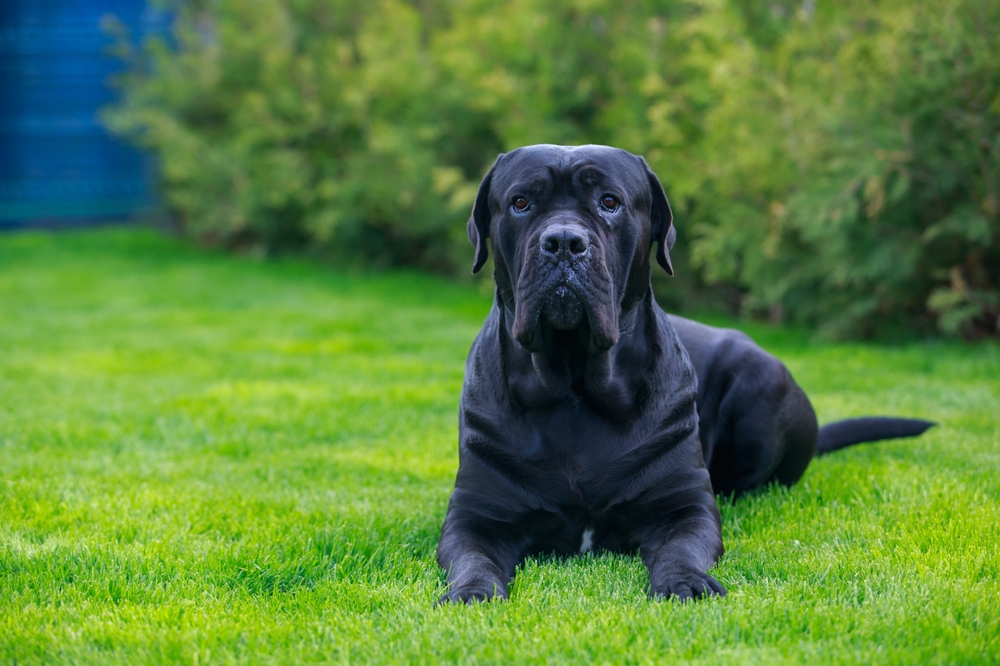
Socialization and Dog Bites
Socialization refers to the way dogs learn to interact with others based on their training and life experiences. A dog with good socialization will view humans as safe and non-threatening. They will be generally good-mannered and can be trained to avoid poor behaviors. Socialization starts at birth and continues throughout a dog’s life.
Poor socialization is a major cause of dog bites. Dogs are much more likely to bite if they have been abused, mistreated, or neglected. Animals who have experienced abuse can sometimes be rehabilitated, but it is much safer to adopt a dog that has been socialized from birth.
Some kinds of training are a part of socialization. All dogs can be trained to have basic manners, including avoiding biting. Many dogs need training to understand when their playtime becomes painful for us humans or to know when strangers aren’t dangerous.
Breeds and Dog Bites
Some dog breeds are more likely to be aggressive than others. The exact factors that go into breed aggression are unknown. Large dogs are more likely to be viewed as aggressive because of their greater ability to hurt humans. Some breeds of dogs also have higher energy and greater protection instincts. These can lead to aggression if not properly managed.
The Cane Corso’s bite is powerful, and these are large dogs. They also tend to be highly protective. Because of this, they are sometimes labeled as an aggressive dog breed. But no breed of dog is naturally aggressive or cruel. Any type of dog can be well-adjusted when properly trained and cared for, even if some require more experience than others.
Prey Instinct and Dog Bites
Dog bites can also be related to prey instincts. Dogs are carnivores and many breeds of dogs were developed to be good hunting companions. Today, dogs have instincts to chase after and bite other animals that were part of their ancestors’ hunting history. The strength of these instincts is different in different dogs and some breeds of dogs tend to have stronger prey instincts. In some dogs, prey instincts are mostly confined to chasing after smaller animals, but prey instincts can also increase dog bites.

Preventing Dog Bites
Dog bites can be prevented through a mixture of training and precautions. Starting when they are puppies, dogs should be treated with kindness and positive reinforcement for good behaviors. Physical punishments can backfire and create anxious or aggressive dogs. Dogs are also more likely to be aggressive if they don’t get the exercise time they need to release pent-up energy and stay healthy. If an otherwise healthy, well-adjusted dog is aggressive to strangers or becomes too worked up during playtime, additional training can help. This includes obedience training, which lets owners stop a dog with a word or gesture, and behavior training which gets to the root of issues.
Along with training and socialization, responsible dog ownership includes taking precautions against dog bites, especially in large breeds. This might mean having a safe space to put a dog in case he becomes frightened or angry. It could also mean knowing when to keep your dog on a leash instead of letting it run free.

Conclusion
The Cane Corso’s bite force is truly incredible—likely one of the strongest bites of any breed of dog. Their big, squarish jaws can exert around 350 PSI of force, making them formidable dogs. However, this is a measure of strength, not a predictor of aggression or likelihood of biting. Owners of Cane Corso dogs should be prepared to invest considerable time socializing and training their dogs because their size and strength mean that their bite would indeed be worse than their bark. Safe practices around large and powerful dogs like the Cane Corso are crucial, not because they are more likely to bite, but because if they do, that bite can have deadly consequences.
Related reads:
- How Strong Is A Boerboel’s Bite Force? PSI Measure & Facts
- Cane Corso vs Rottweiler: Which to Choose?
- Best Dog Foods for Cane Corsos – Reviews & Top Picks
Featured Image Credit: Ruben Kazaryan, Shutterstock

